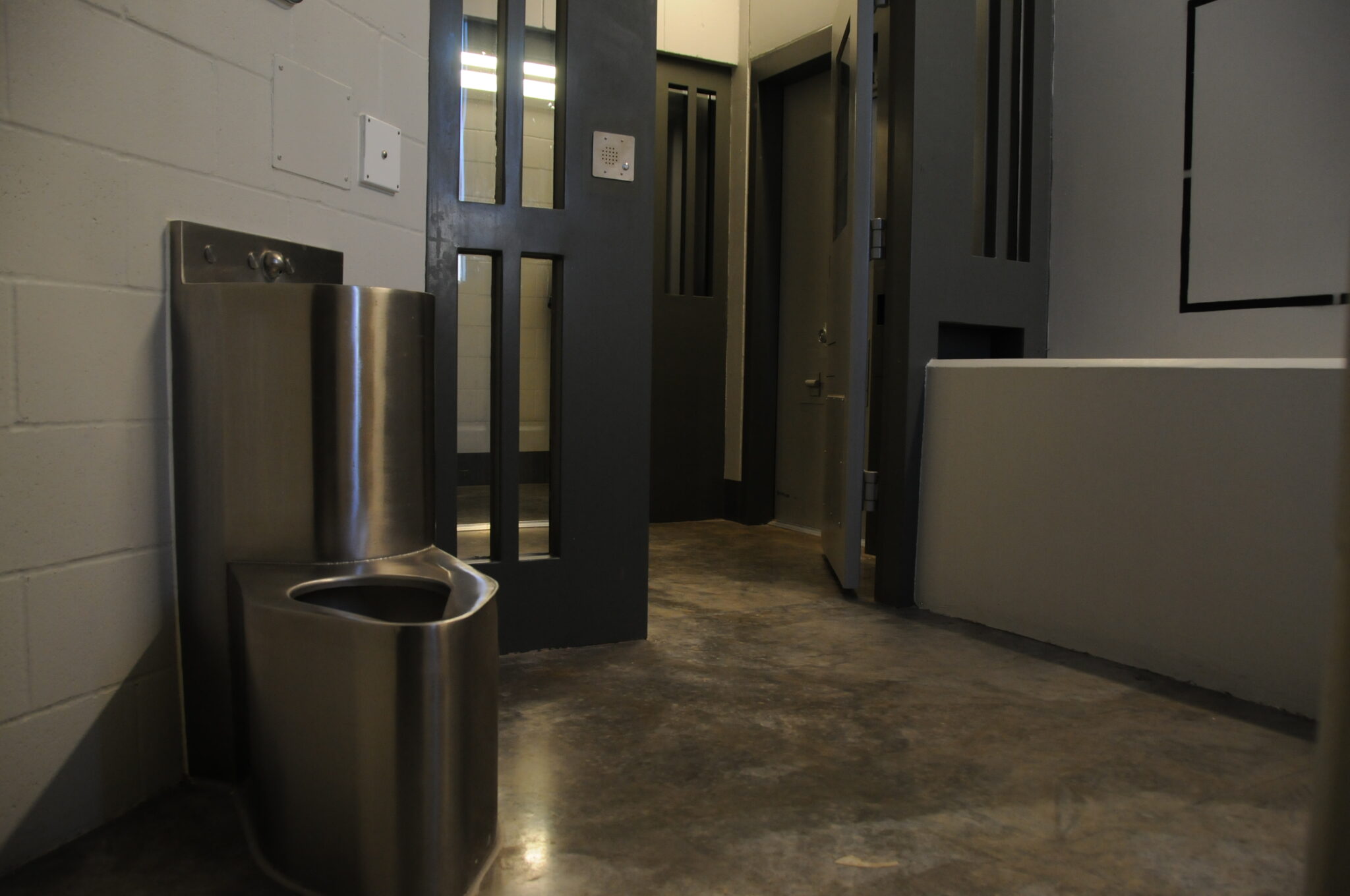[This article describes deaths by suicide, including references to the methods of suicide.]
Tucked into my father’s wallet was small, crinkled piece of paper bearing the scribbled words: I’m sorry. He’d had it since he was 9, the day he came home from school and found it in my grandfather’s bedroom, along with my grandfather’s hanging body. He carried it with him ever since.
I knew my dad as a happy person. His smile and laugh were infectious. People gravitated toward him when he entered a room. But sometimes, out of nowhere, I’d find him quietly crying out in the barn. He’d always try to hide or excuse it, and then change the subject. This was back in the ’60s and ’70s, when men did not discuss their feelings.
In the ’90s I would enter the Tennessee men’s prison system, where to this day it can be actually dangerous to discuss your feelings. One day in 2001, I was called into the visit room where I found my dad sitting alone. We exchanged the usual pleasantries, and then his tone became serious. He began recounting the times, all those decades ago, I’d found him weeping in the barn.
He said that he wished he’d talked to me, to someone, back then about what he was feeling. He wanted to talk to me about it now. He pulled out his wallet—visit room security wasn’t quite so restrictive back then—and laid the tattered note on the table. He told me that every time I’d found him crying in the barn, he’d gone there intending to kill himself.
He told me that the reason he never acted on those intentions was that he always remembered his 9-year-old self discovering his father hanging dead, and grabbing his feet trying to hold him up. He didn’t want to be the reason any of us felt that way. He was worried that now, with a life sentence ahead of me, I might be struggling with some of those thoughts myself.
In the field of suicide research, two risk factors go together: thwarted belongingness, and perceived burdensomeness.
In the field of suicide research, there’s a pair of risk factors that go together: thwarted belongingness, and perceived burdensomeness. The first describes the psychic pain of being somehow unable to participate in society, or when the basic need for human connection is unmet. The second describes a cognitive distortion wherein someone believes that others may be better served by their death than their life. Unsurprisingly, many people in prison struggle with both these risk factors. Research suggests this is especially true of lifers.
There’s a common misconception that suicide is inherently selfish; that people who “choose the easy way out” aren’t thinking of their loved ones. In reality, people who die by suicide are more likely compelled by the same thing that kept my dad from suicide—perceived burdensomeness. Just manifested in a different way.
When my dad opened up to me that day I was flabbergasted. I knew him not only as a man who laughed and sang, but as a man who was deeply religious. Walking back to my cell after the visit, I thought about my grandfather, whom I’d obviously never met. I thought back to the times in my life marked by depression and hopelessness. Suicide is so much closer to us in daily life in prison than in the free world, yet so easily takes us by surprise because no one ever talks about it.
My first week inside, I’d gotten up in the middle of the night to use the toilet when I saw a body hanging from a vent in the cell across from mine. I woke my cellie, who’d been in prison longer than a week and who told me to go back to sleep. I tried. I kept thinking about what I’d seen. And mostly I was thinking, That person doesn’t have to wake up in the morning and be in prison; they’re free now.
The group helped Zac put words on his emotions.
In the years after that visit from my dad, I began broaching the subject of depression in conversations with friends. More recently, I even organized a couple of workshops about depression. Asking a bunch of men in prison to talk about their feelings is not easy to do safely, let alone productively. But living in such a toxic environment makes the feeling of being in a safe space quite compelling, once people start to get comfortable.
Zac, for example, was initially reluctant to say much to the workshop group. He feels a lot of shame over his recurring bouts of depression, because it’s an “unmanly” thing to be dealing with. So he’d found himself in a pattern of trying to ignore it and just carry on with his life, and then not wanting to live anymore.
“When people brought me around and I realized I was alive, I felt like a miserable failure,” Zac told Filter. “And embarrassed.”
Each time Zac came back from the emergency department, he was placed on suicide observation for a week. Suicide observation cells are, by design, cold and miserable places. Zac just kept answering “No” so that he could leave.
“Not one staff person asked me about my mental health or what I was feeling,” he said. “They just wanted to know if I was currently thinking about killing myself.”
The group helped him put words on his emotions. This, in turn, prompted several other participants to talk about some of their own experiences with depression and suicidal ideation. Which prompted me to talk about the note in my dad’s wallet.
Everyone in the group took out a piece of paper, and wrote down a few words to carry around in our pockets. Whenever depression started closing in around us, those words would remind us that it has helped in the past to talk to people, and that those people are here to talk again. That there was light, in addition to darkness. The piece of paper I folded up and put in my pocket had just one word: Hope.
The key, at least for myself and many people I’ve shared these spaces with, seems to be getting those first few words out: “I’ve been depressed”; “I’m struggling”; “I need to talk to someone.” Once we put words on the problem and say them to someone out loud, it’s like a dam breaks and the darkness we’d been holding inside of us starts to drain away.
Photograph via Minnesota Department of Correction





Show Comments